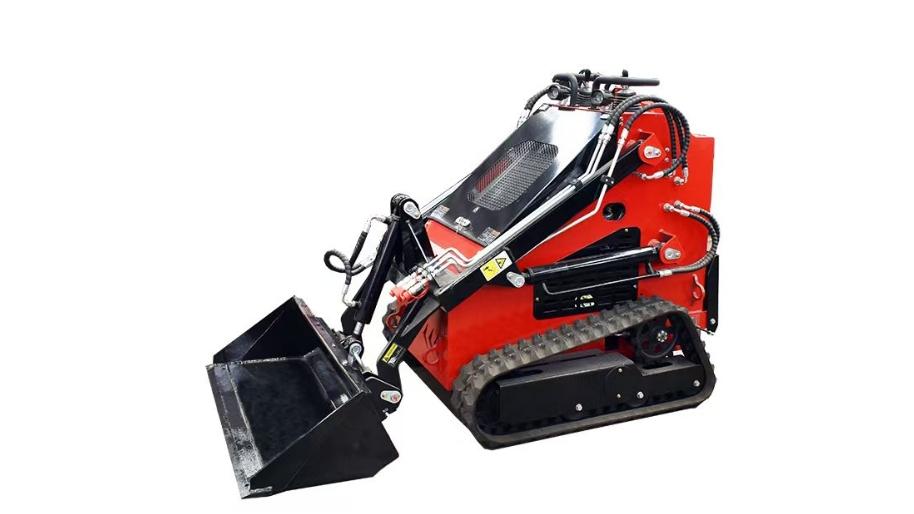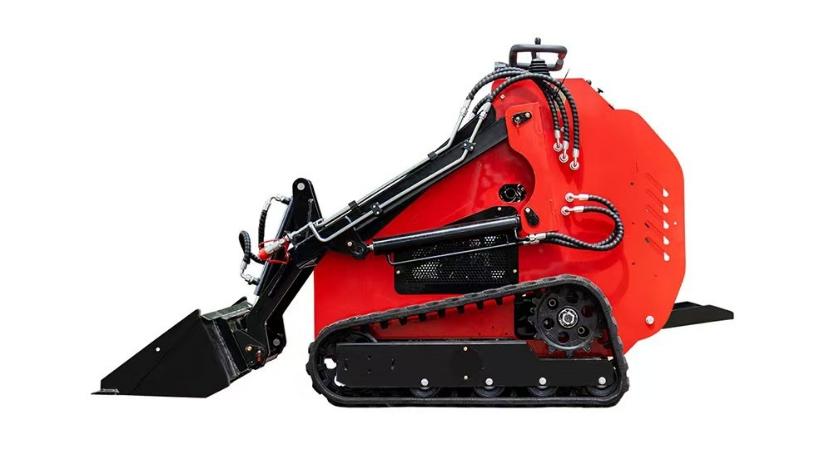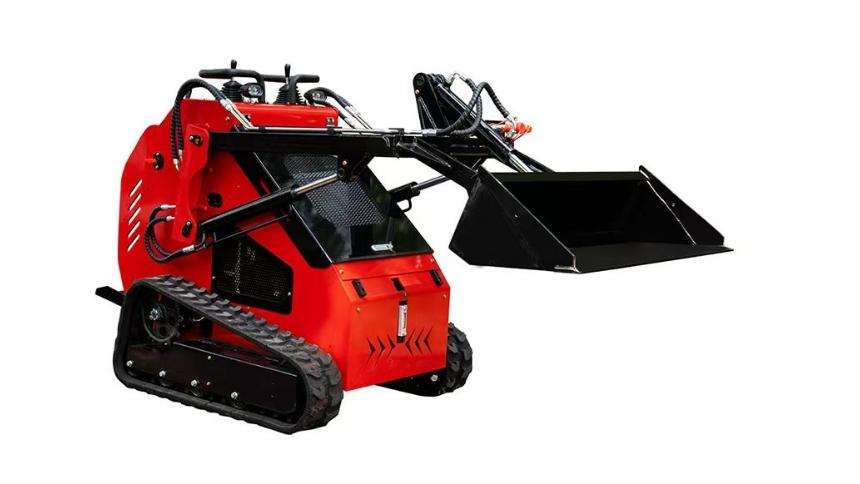What Is the Lifting Capacity of a Skid Steer Loader?
I. Introduction
Skid steer loaders are compact, versatile machines used in a wide range of industries—from construction and agriculture to landscaping and material handling. Despite their small size, they are powerful tools that can lift, carry, and maneuver heavy loads in tight spaces. One of the most important specifications to understand when selecting or operating a skid steer is its lifting capacity.
Knowing how much weight a skid steer can safely lift not only ensures better performance but also protects operators and prevents equipment damage. This article explores the key aspects of skid steer lifting capacity, including how it's measured, what affects it, and how to match the right machine to your workload.
II. Definition of Lifting Capacity
Lifting capacity refers to the maximum weight a skid steer loader can safely lift without tipping or becoming unstable. This is usually represented in two terms:
Rated Operating Capacity (ROC): This is typically 35% or 50% of the tipping load, depending on the standard used (SAE or ISO).
Tipping Load: The weight at which the machine will tip forward under load when the lift arms are raised.
For example, if a skid steer has a tipping load of 5,000 lbs, its ROC might be 1,750 lbs (at 35%) or 2,500 lbs (at 50%).
III. Average Lifting Capacities by Size Class
Skid steers come in a range of sizes, and their lifting capacities vary accordingly:
Small Frame Skid Steers:
ROC: Under 1,600 lbs
Suitable for light-duty work like landscaping or interior demolition.
Medium Frame Skid Steers:
ROC: 1,600–2,200 lbs
Common in general construction and farm use.
Large Frame Skid Steers:
ROC: Over 2,200 lbs
Ideal for heavy-duty tasks such as lifting pallets of bricks or gravel.
Examples:
Bobcat S450: ~1,300 lbs ROC
Caterpillar 262D3: ~2,700 lbs ROC
John Deere 332G: ~3,600 lbs ROC
IV. Factors Affecting Lifting Capacity
Several factors can impact a skid steer's lifting capacity:
Machine Weight and Balance
A heavier machine generally offers greater stability and capacity.
Lift Arm Type
Radial Lift: Better for digging and lower lift heights.
Vertical Lift: Provides greater reach at full height—ideal for loading trucks.
Hydraulic System and Engine Power
Stronger engines and more efficient hydraulics improve lifting performance.
Counterweights
Adding counterweights can increase stability and allow for higher loads.
Ground Conditions
Uneven or soft terrain can reduce effective lifting capacity due to instability.
V. Rated Operating Capacity vs. Actual Load Limits
It’s critical to understand that the ROC is a safe working limit and not the absolute maximum the machine can lift. Exceeding this value can:
Cause tipping or rollover accidents.
Damage hydraulic components.
Void manufacturer warranties.
Manufacturers build in a safety margin to ensure operators can work within secure limits.
VI. How to Determine the Right Capacity for Your Job
When selecting a skid steer, consider:
The weight of the materials you plan to lift regularly.
The height and reach needed to dump loads or stack materials.
Your job site conditions: confined spaces, soft ground, or sloped surfaces.
Attachments used, which can add weight and affect balance.
VII. Attachments and Their Impact on Lifting Capacity
Attachments like buckets, forks, augers, or trenchers all influence lifting capacity:
Heavy attachments reduce available lifting capacity.
Extended tools (e.g., grapples, booms) can shift the center of gravity forward.
Always check the machine’s rated capacity with the specific attachment installed.
VIII. Real-World Applications and Load Examples
Different industries use skid steers for various lifting needs:
Construction:
Lifting pallets of cement bags (2,000–3,000 lbs).
Moving crushed stone or rebar.
Landscaping:
Handling sod rolls, trees, or topsoil.
Carrying mulch or pavers.
Agriculture:
Lifting hay bales (800–1,200 lbs).
Loading feed bags or fertilizer.
Snow Removal:
Using snow buckets or plows, which can get heavy when wet.
IX. Tips for Operating Within Safe Lifting Limits
Check the load chart and data plate before operation.
Never guess a load’s weight—use a scale or consult documentation.
Operate slowly and smoothly, especially when raising or lowering heavy loads.
Avoid sudden movements or sharp turns with a raised load.
Ensure even ground and good visibility at all times.
X. Innovations and Advanced Technologies
Modern skid steers may include:
Overload warning systems that alert the operator.
Smart controls to auto-limit lift functions based on load.
Digital displays that show real-time load weight.
Telematics that track usage, performance, and safety events.
These innovations enhance both safety and productivity.
XI. Conclusion
Understanding a skid steer loader’s lifting capacity is essential for using the machine effectively and safely. By considering ROC, tipping load, machine design, and attachments, operators can make better decisions on the job site.
Whether you're lifting pallets, digging, or snow plowing, choosing the right capacity will improve efficiency, reduce risk, and extend the life of your equipment.
Post time:Jun.30.2025



